A post made by Fane Pănăzan with the processing of a particular exotic wood has created a stir in the carpentry community and beyond in recent days. The wood looked like ebony macassar or zebrano, but the white colour of the stripes raised questions. However, the mechanical operations done to get the handle of a planer, the noise of the machining and the shavings removed during planing reinforced the conviction that it was solid wood, not veneered panel or plastic. At one point someone drew attention to the discontinuity of the annual rings on the edge of the plank. That's where the doubt started, and after studying it in detail, Fane announced that it was recomposed wood.
We have been writing about reconstructed veneer for a long time, we have also written here. Reconstituted solid wood (panels), however, is a more recent industrialised product. There are a number of companies distributing wood in various forms, but in Europe we found only one producer of plywood. Find out what it is, how it is made and what its advantages are below. Thanks to Fane Pănăzan for photos and information on how composite wood is processed and feels.
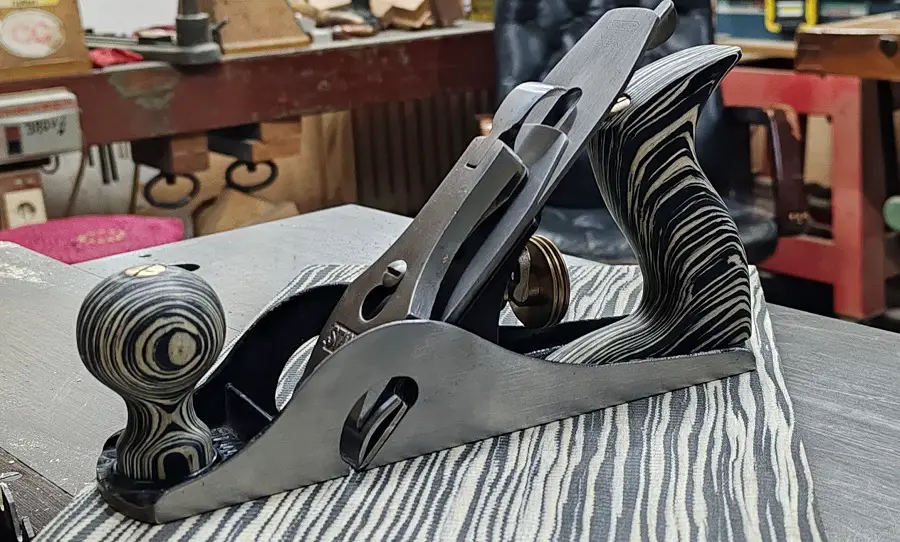
What is sawnwood (SaRaiFo)
Macassar wood processed by Fane is sold under the SaRaiFo brand which belongs to the German company Designholz. Mathias Pfeifhofer, who founded the company, comes from an Austrian family with a long tradition in woodworking. The company was originally set up as an online supplier of veneers, especially exotic or rare ones. Before setting up the company, Mathias gained experience working in traditional countries such as Belgium, Italy and the USA, which he used to give birth to the SaRaiFo brand.
SaRaiFo comes from Save the Rainforestin translation Save the rainforest. It all started from the passion for exotic wood and the fact that massive logging has led to the disappearance or endangerment of many species. This is how the idea of reproducing the design and even the grain of some exotic species using fast-growing and more readily available wood was born. The main species used are poplar, lime wood (tilia) and ayous (abachi/samba/wawawa). The company produces both solid recomposed (reconstructed) wood and veneer.
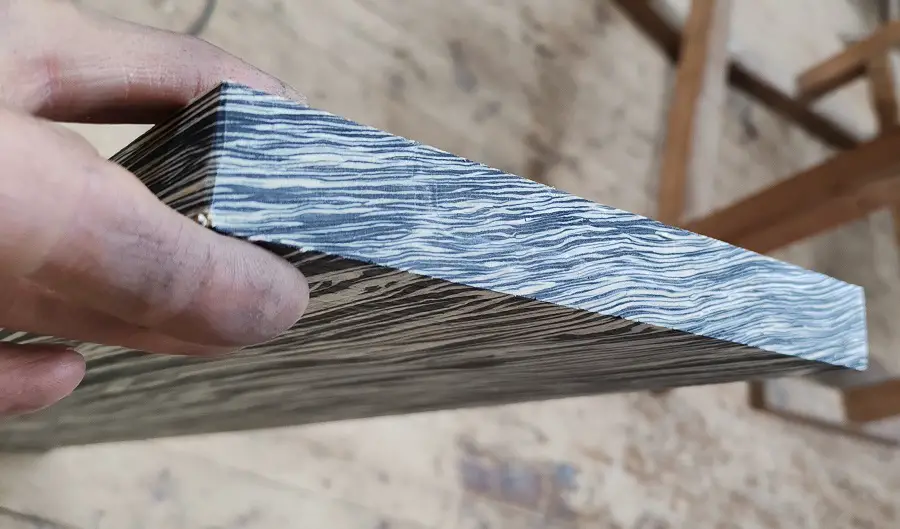
How is the recomposed wood obtained
Initially veneer is obtained by peeling fast-growing logs. Then any defects that might cause inconvenience later are removed; knots, cracks, staining, etc. Where possible, cracks are repaired.
The next step is staining according to the species to be reproduced. The veneers are then laid in the natural pattern of the wood and pressed. They are glued together to form a very strong solid block. The block of wood is then cut to form specific patterns. Sometimes the cutting and gluing is repeated to achieve the desired pattern. Patterns can be achieved that mimic tangential or radial cuts, and annual rings are suggested on the edge. The whole process is possible thanks to the computer, and any design and any species can be reproduced.
The company's representatives are very proud of the results obtained and of the very close resemblance to the original wood. They say they have often called in carpenters, joiners and wood specialists who have been impressed by how close the resemblance is and how difficult it was to identify the original.
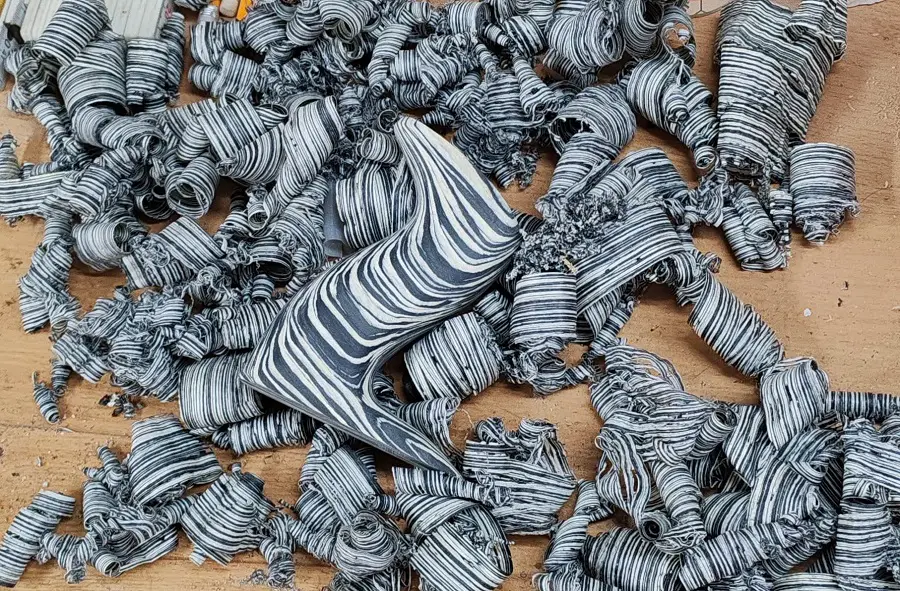
How to process
Engineered wood can be processed like any ordinary solid wood. Sometimes it is even easier to work than the original species, full of gums and other exotic wood materials. It can be cut, drilled, milled or turned. It can be worked by hand or mechanically, using any common joinery machine. As each veneer is stained before the solid block is formed, the wood can be planed and sanded without fear of the same design on the inside.
The company currently offers 2-3 standard solid panel thicknesses (up to 50 mm) and widths up to 21 cm. The maximum length is 250 cm. The density of the material can vary between 650 and 900 kg/m³, depending on the base material used and the recomposition technology.
Although it is much more stable than the original species, it is still wood and may have small deformations or dimensional variations depending on environmental conditions. Improper storage of freshly cut boards or elements can lead to slight bending. Deformation is remedied if they are placed upside down with a weight on top of them. In order to ensure even drying and thus prevent warping, the boards should be stored with slats between them or upright against a wall.
Reconstituted wood can be glued and finished like any other wood. It can be planed, oiled, varnished or painted. The finishing steps are the same as for any other wood. However, it is recommended to use pigmented staining solutions so that the original colours are protected from UV radiation. In this way the original colour of the wood will remain unchanged for a long time.
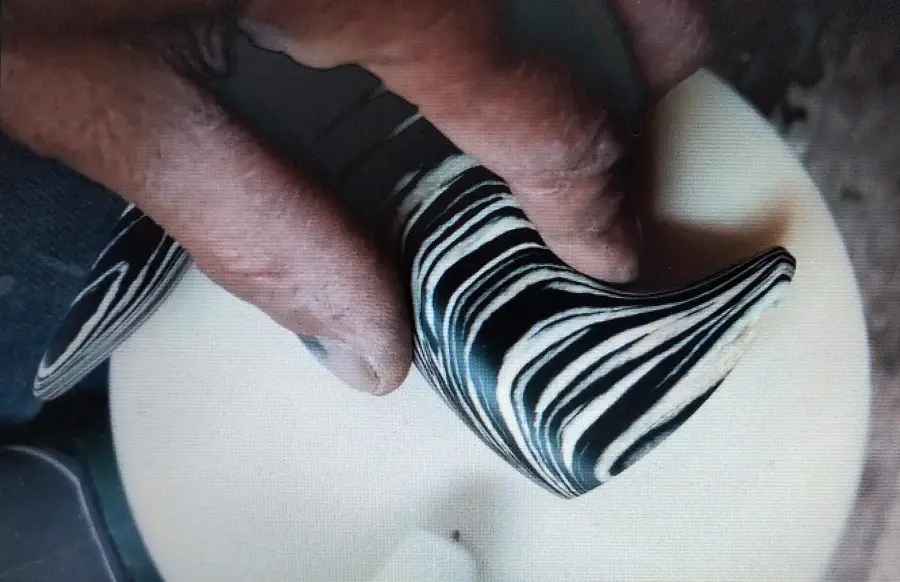
What are the advantages of engineered wood
The main advantage of this material is its contribution to the protection of long-exploited species. Its almost identical appearance and much lower price compared to exotic species makes it preferred by craftsmen and designers and thus reduces the demand for original species.
Other advantages are lack of wood defects, easy processing and finishing, higher availability than exotic species, much lower price.
The main disadvantage is that the appearance is not identical to that of the original wood, which can lead to debates such as those mentioned at the beginning. But if the person buying the wood knows that it is not the original species, they can enjoy the advantages without the pressure of not having what they originally wanted. Plus, he has the satisfaction of having helped save valuable species.
What wood species are already being reproduced and what's next
In principle, it is possible to reproduce any type of wood, and to design and manufacture a wide variety of decorations. It all depends on demand and production capacity. Currently, the species that are constantly in the company's portfolio are cocobolo rosewood and Santos, bubo birch, macassar YW (black and white), black and rainbow. Black birch, black and white striped zebrano, mahogany and black and white ebony follow in the near future.
I hope you find the above information useful. As usual, additions are welcome. And if you have any questions or queries, please leave them in the space below. I will certainly answer
















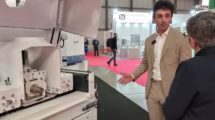



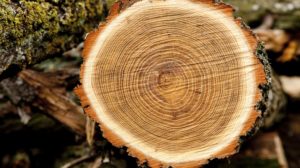


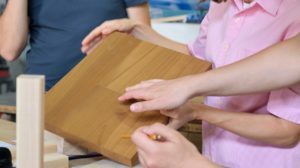

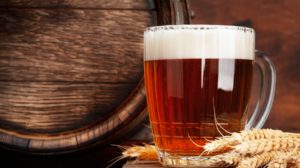


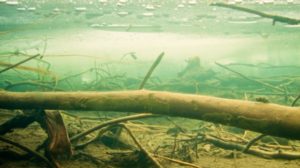

Add comment